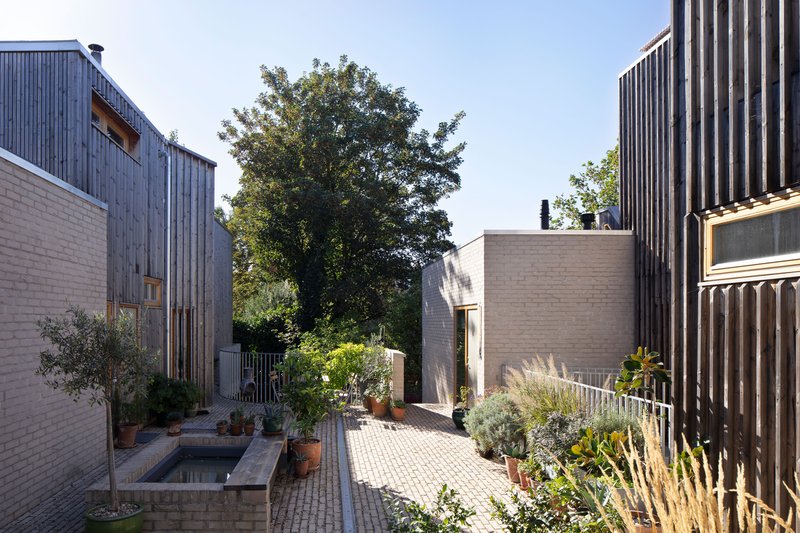
Buildings form the foundations for society: they are our homes, they provide a setting for the health service, the education of our children and young people, and the arts. Equally they are the instruments of commerce. In each case the architecture is a catalyst for social interaction and personal endeavour. First and foremost, we consider this our responsibility.
We place great importance on the way people use buildings, and how buildings affect our sense of well-being. Of course use denotes function and this suggests a solution. From our experience functions change and buildings, like other things, can and do become obsolete – in as little as twenty years a building may become vulnerable and subject to demolition. So, we believe it is vitally important that our buildings transcend function and that designs have character and, in time, engender fondness in those who use them thereby achieving a certain durability.
Each building we make is carefully planned to reflect its social logic. Anthropology and psychology also play a part in this. Whilst good buildings help support the community they serve, poor ones can undermine it. We do not strive for novelty but instead continuity. Working sometimes with existing structures we have developed a respect for historic building types and construction. This translates into the way we plan, make and detail our buildings. Here, analogy plays an important part in their conception and communication.
Many of our schemes depend on a landscape setting. The prospect of the natural world does much to characterise a rich but simple interior. Together, matter, light and shadow, and gardens conjure up a palpably sustainable architecture that has a human, ethical and cultural dimension. In the 21st Century, the physical properties of buildings provide a necessary foil to the virtual world.
